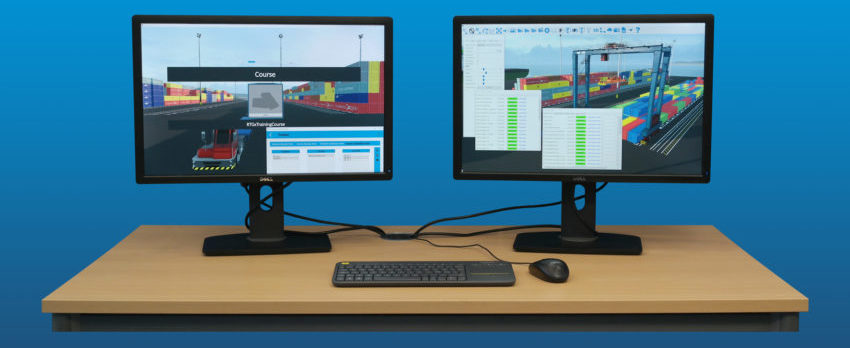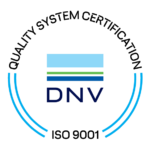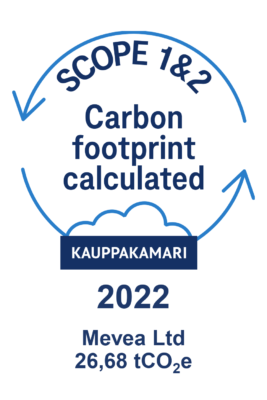Port cranes and their ability to safely and efficiently move cargo from and onto ships play an essential role in global trade and the integration of supply chains. Any interruption to crane operations, therefore, has a huge impact upon both port terminal productivity and the flow of essential goods. Yet accidents with port cranes amount to 17% of all insurance claims made by terminal operators, with over 70% of these claims being caused by accidents and issues with Quay Cranes.
Compounding the direct costs of damage to the equipment, ships and cargo involved, the wider economic ramifications are even bigger as cargo operations grind to a halt, leading to backlogs and shipping operators having to seek alternative terminals. Even worse than the reputational and economic impact this entails, is the human cost as the impact and severity of accidents with these huge cranes can lead to life-threatening situations for drivers and workers involved in its operations.
Preventing the Leading Causes of Port Crane Accidents
So how do we prevent accidents with port cranes from happening? A global analysis of insurance claims data performed by TT Club shows that the leading causes of quay (or Ship-to-Shore) cranes are collisions between boom and ship, followed by gantry collisions and collisions involving hatch covers hitting the ship or crane legs.
There are two ways to prevent these kinds of collisions, first and foremost through crane operator training of the entire work cycle, including correct start-up procedure and pre-operational checks. Ideally, operator training would be done in a realistic and immersive simulator environment, where real-life scenarios can be practised safely and the operators’ performance can be analyzed and certified.
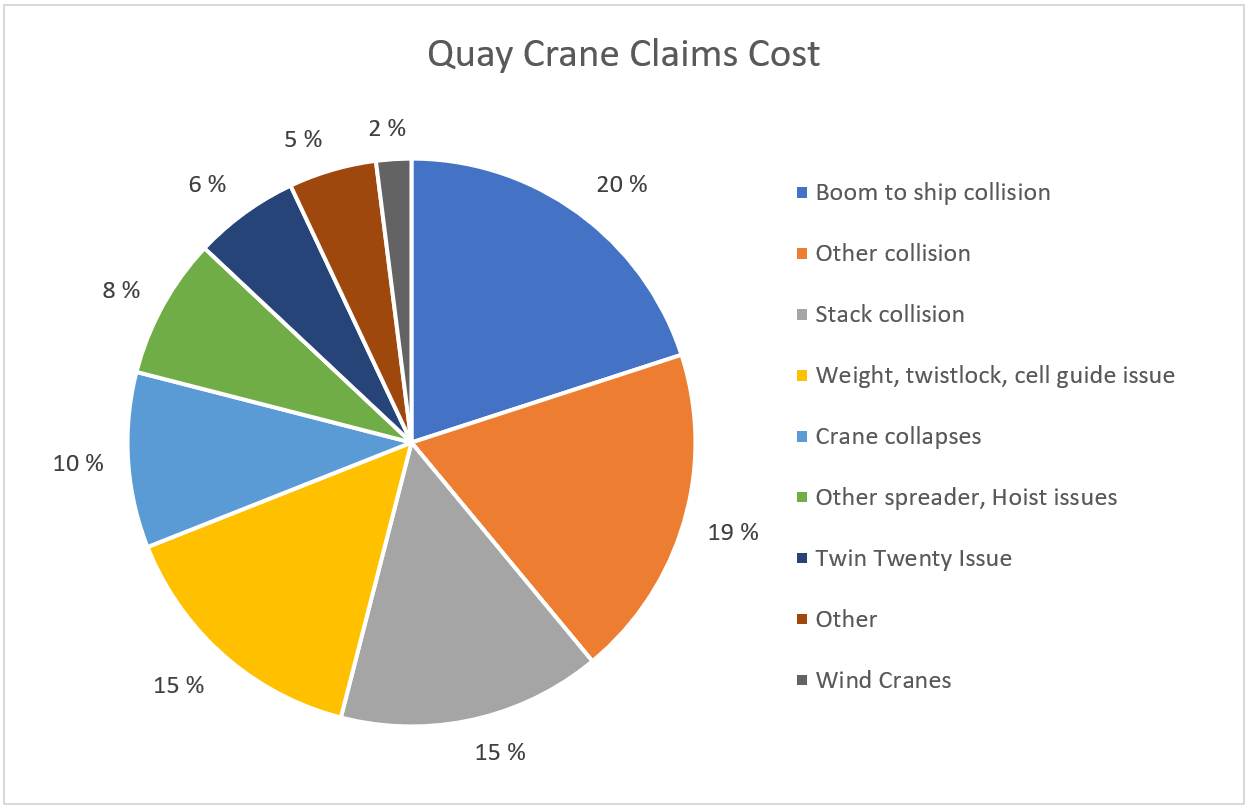
The second preventative measure is crane technology, through a combination of distance sensors such as LiDAR and operator assistance functions such as collision detection and sway control integrated into a modern crane control system. The port crane simulator has a role to play here as well, as it can be integrated with crane control systems which means that operators can be trained on new technologies and functions and the knowledge they gain can be transferred immediately to real crane operations. This increases productivity and prevents operators from ignoring advanced functionality that they are not familiar with.
The same combination of simulator-based operator training and crane technology can be applied to prevent stack collisions, which ranks as the number three claims category. Further down the list, the uneven loading of containers and extreme wind-related crane and container movements are also a substantial cause of port crane accidents. Operators can be prepared for dealing with these operations be being exposed through them repeatedly in a safe training environment and their response analysed and measured continuously until it matches the desired real-life behaviour.
Mevea Port Crane Simulators: Connected, Accurate & Integrated with Port Safety
Mevea’s next-generation port training simulators are built around the concepts of connectivity, accuracy and integration with port safety procedure to ensure that crane operators can be trained to avoid collisions and accidents in a realistic and safe environment.
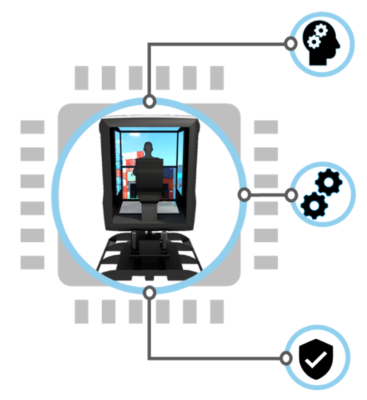 Connected – Crane Control System Integration
Connected – Crane Control System Integration
Mevea’s Next-Generation Port Training Simulator Platform is fully integrated with leading crane control system providers, which means that real-life sensor feedback and intelligent assistance functions, such as collision detection, can be trained just like on the real crane. The integration with the real control systems also enables the training of full work cycles, including start-up procedures and specific spreader functions, as layout and feedback of the crane controls are exactly the same as in real life operation.
Accurate – Physics-Based Simulation of Machine, Load and Environment
Mevea’s Crane Simulator Platform is based on our market-leading physics engine that simulates the real-life behaviour of the crane, environment and rope system dynamics with a proven high-degree of realism. This ensures an accurate representation of the work environment and precise feedback to the operator, which all contribute to the transfer of safe working procedures. As crane and spreader movements and interaction with its load are accurately calculated, full simulation results are available for operator performance analysis and benchmarking.
The Mevea simulator also allows trainers to introduce real-life accident scenarios, such as unevenly loaded containers and crane malfunctions, that prepare the operator to react in the right way during these highly stressful situations in real life. The simulation accuracy also extends to environmental impacts and weather including high winds, rain, fog and sun movements and interference during work cycles.
Integrated with Port Safety
Mevea’s Training Management software and training exercises seamlessly integrate with a port’s training approach and safety procedures. Mevea’s Port crane training exercises cover a wide range of deck and cargo hold loading/unloading operations, container stacking exercises and hatch cover management. All training exercises can be customized to ensure seamless integration into your specific training procedures. This includes the ability to vary exercise durations, ranging from single tasks to running a full scenario from crane start up to shut down.
Our training solutions also offer the possibility to develop specific eLearning or Gamification modules for example for fire safety or specific accident response scenarios. These modules are based on the same accurate crane and environment modules and can be designed as a certification module within your crane operator training curriculum.

